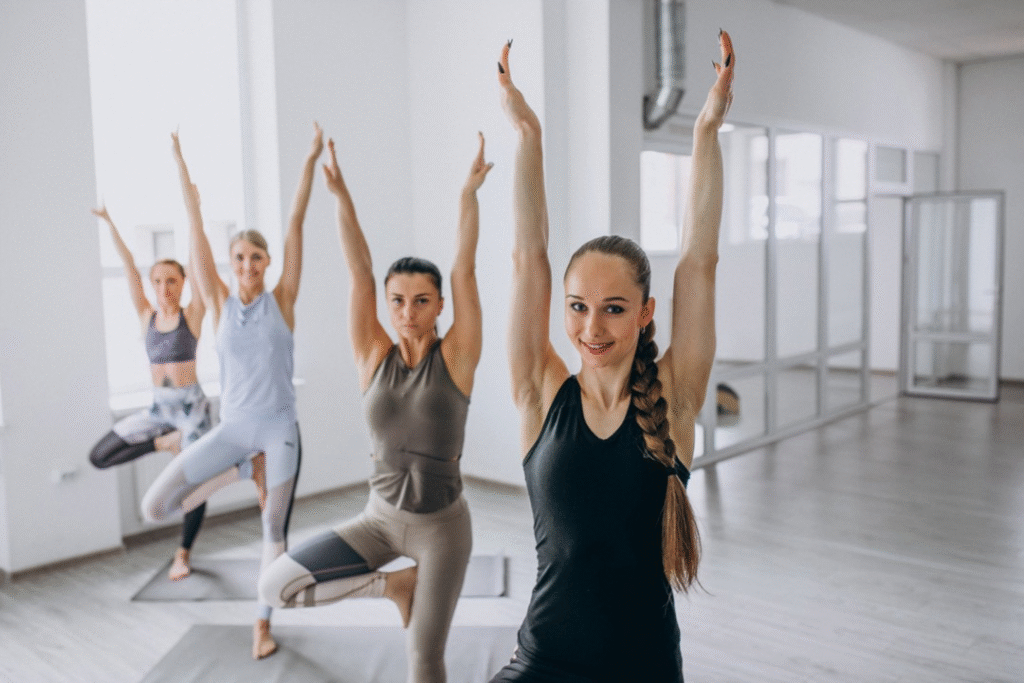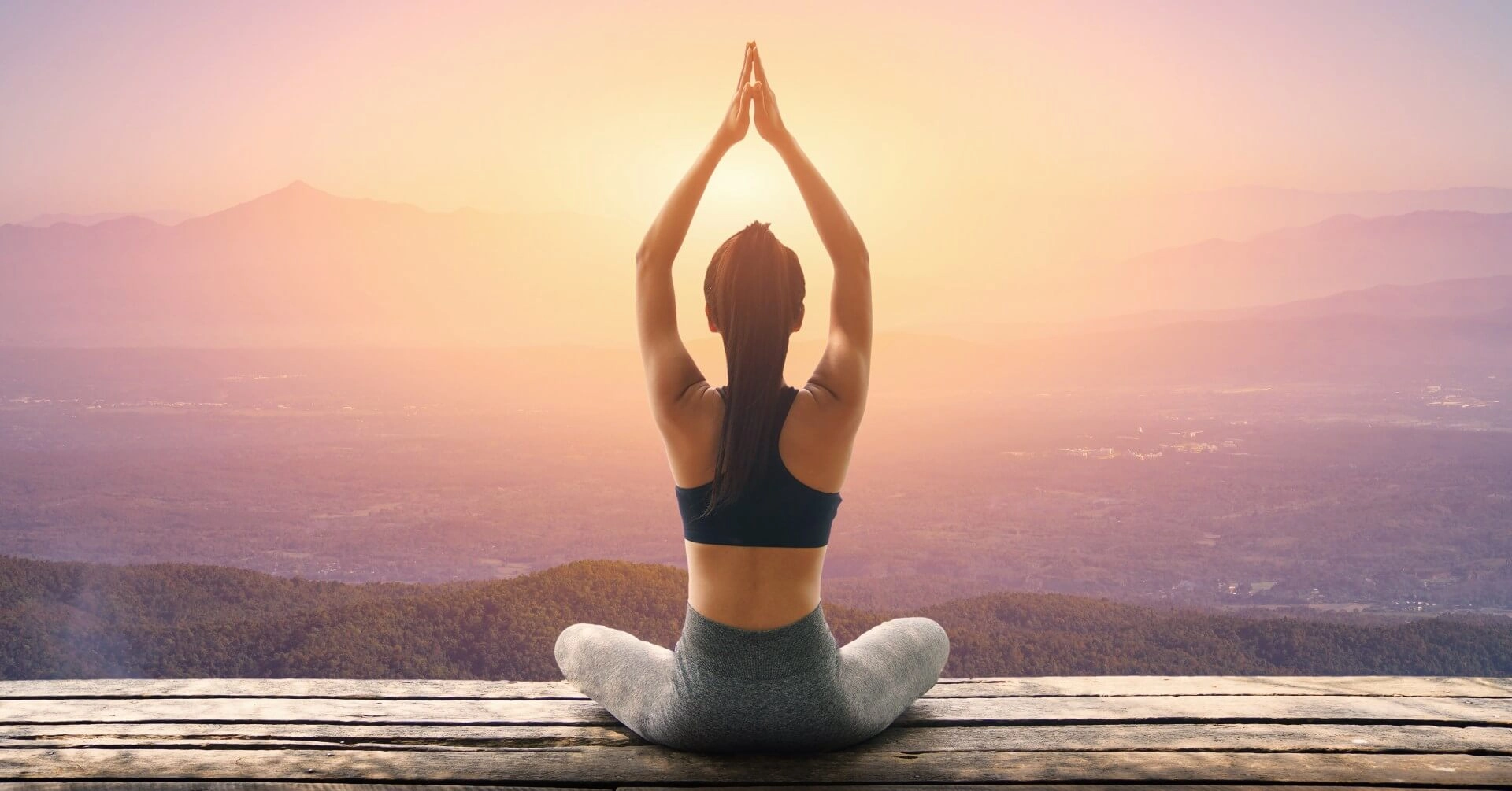Our General Practice Guidelines for Yoga (A Must-Read for Beginners!)
f you’re a beginner, this handbook is a must. We’ve included all of the do’s and don’ts so you can experience safe, pleasant, and fulfilling yoga. If you learn these basic rules, you’ll practice properly, avoid injuries, and achieve optimal results from your sessions. Take a few moments before you start to study these principles—they’ll make a huge difference in the way you feel during and after practice.

When NOT to Practice Yoga
Not all yoga poses are suitable for all. Always read the warnings (contraindications) for a pose before you attempt it. If you’re menstruating, pregnant, have high blood pressure, or injuries (particularly in the knees, shoulders, or neck), certain poses must be avoided altogether, while others require special caution. If you suffer from any medical condition, it is best to consult your doctor beforehand before practicing yoga.
Adjust the Poses to Your Body
The photos and directions demonstrate the perfect form of a pose—but that doesn’t mean you need to jam yourself into it immediately. Use them as a target to shoot for, not a law you need to obey immediately. Listen to your body—shift your position, use props, or bend your knees if necessary. Yoga isn’t supposed to hurt.
Master the Intensity of Your Practice
Yoga can be gentle or demanding—it’s your choice! If you’re new to yoga, slow down and master the alignment first. When you’re ready, make it more challenging by:
Holding the poses longer (increases strength and endurance),
Working harder variations (such as moving from beginner to advanced positions),
Moving quicker between positions (for a dynamic, cardio-like flow).
To learn how to challenge yourself safely, check out our “Challenge Yourself” article.
How to Choose the Correct Poses
Begin with poses that appear accessible based on your current level. Floor positions (such as seated stretches) will typically be more accessible than standing balances since they do not demand as much strength or stability. Additionally, poses with longer suggested hold times (in terms of breaths) are likely to be less demanding than quick-moving chains.
Our pre-created sequences of yoga poses are a good place to start—use them as a starting point and adapt accordingly.
How Long Should You Practice?
A good practice session can be 15 to 90 minutes, depending on what you can fit into your day and energy level. If you have limited time, even 15 minutes a day is better than one long session a week. For optimal effect, practice 3-6 times a week—consistency is more important than marathon sessions.
What to Wear for Yoga
Wear stretchy, loose-fitting clothing that allows you to move freely. Tight-fitting garments (such as unitards or leggings) are best because they won’t interfere with you. Don’t wear baggy tops that could flip over on inversions!
Eating and Drinking Before Yoga
A full stomach + yoga = not a good mix! Avoid eating 1-3 hours before practice, especially if you’re doing inversions (like headstands). If you’re thirsty, small sips of water are fine, but try not to drink too much during your session—it can make twists and bends uncomfortable
